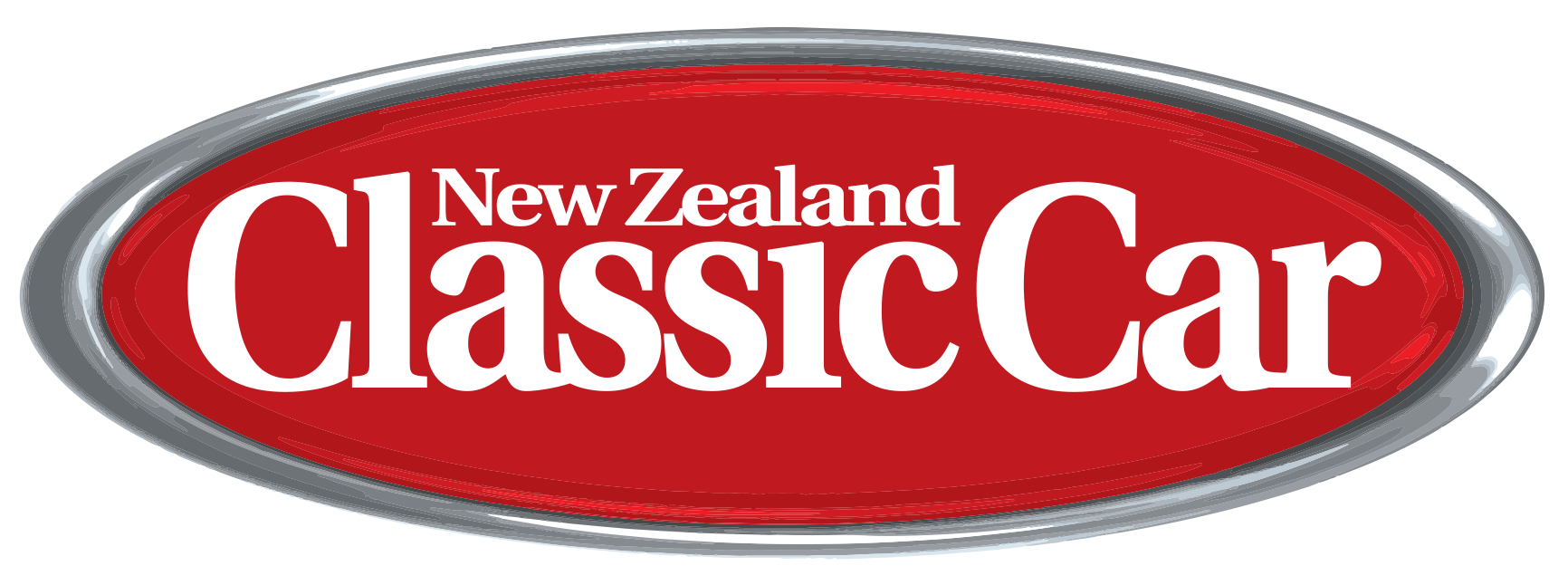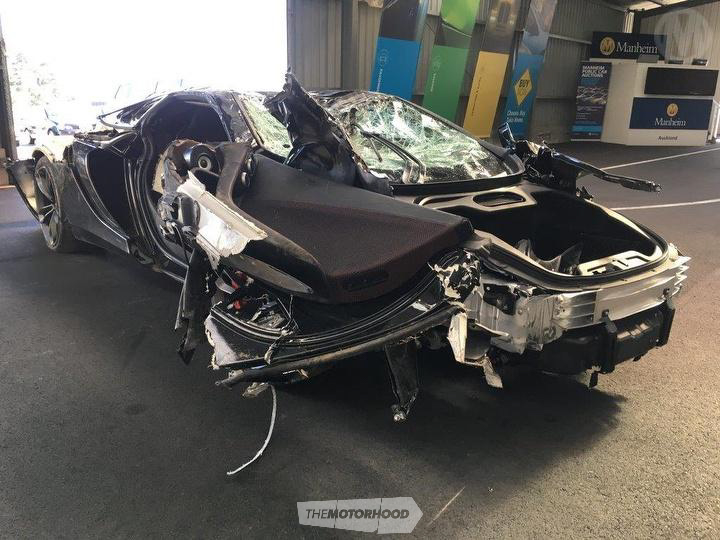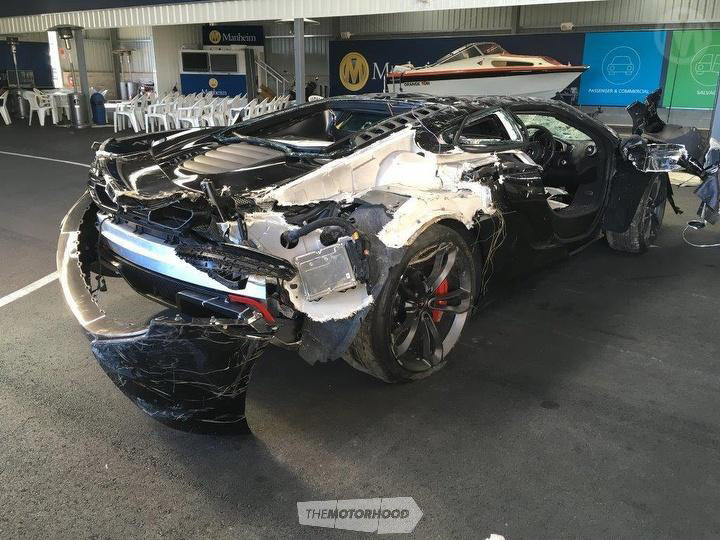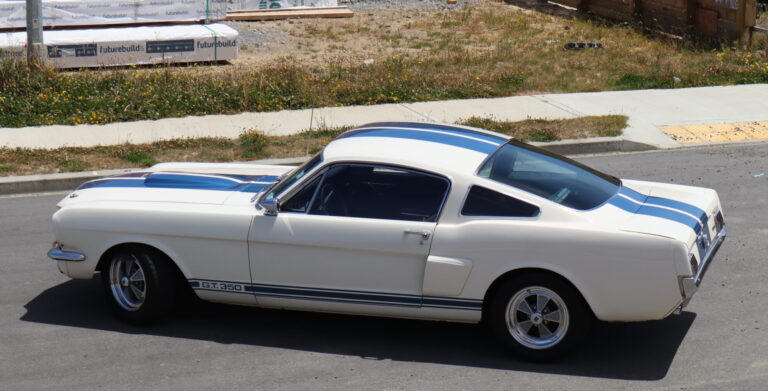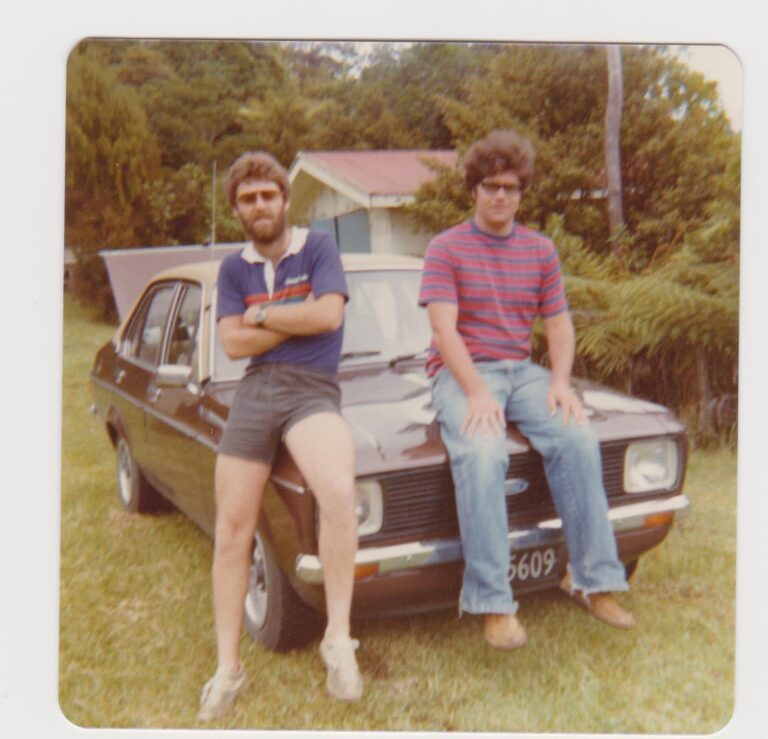As the story of Bruce McLaren hits cinemas, we’re all looking at the legacy that he created. His name is now synonymous with some of the best sports cars being built today. Near the top of the list is the McLaren 650S.
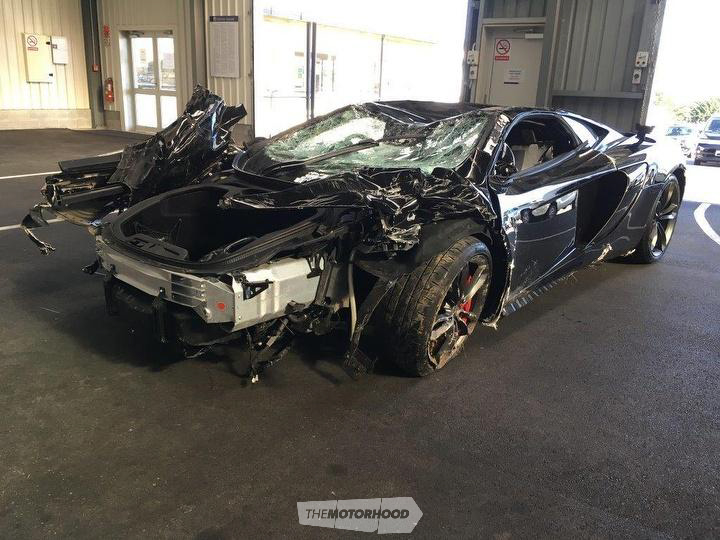
Of course, with a list price of $399,000, 650S ownership will remain a dream for many of us. There must be a better way? If you’re willing to take a practical view and take a punt on being able to source parts and an able handed supercar mechanic, this might be right up your alley.
Set to go to auction later in the month — hosted by Manheim — there was there was plenty of coverage a few weeks ago of a McLaren being totalled on Auckland’s North Western motorway. Without throwing too much caution to the wind, we’d suggest there aren’t all that many of these being written off around the place so we connect this car with that crash.
Fortune favours the bold we’re told!
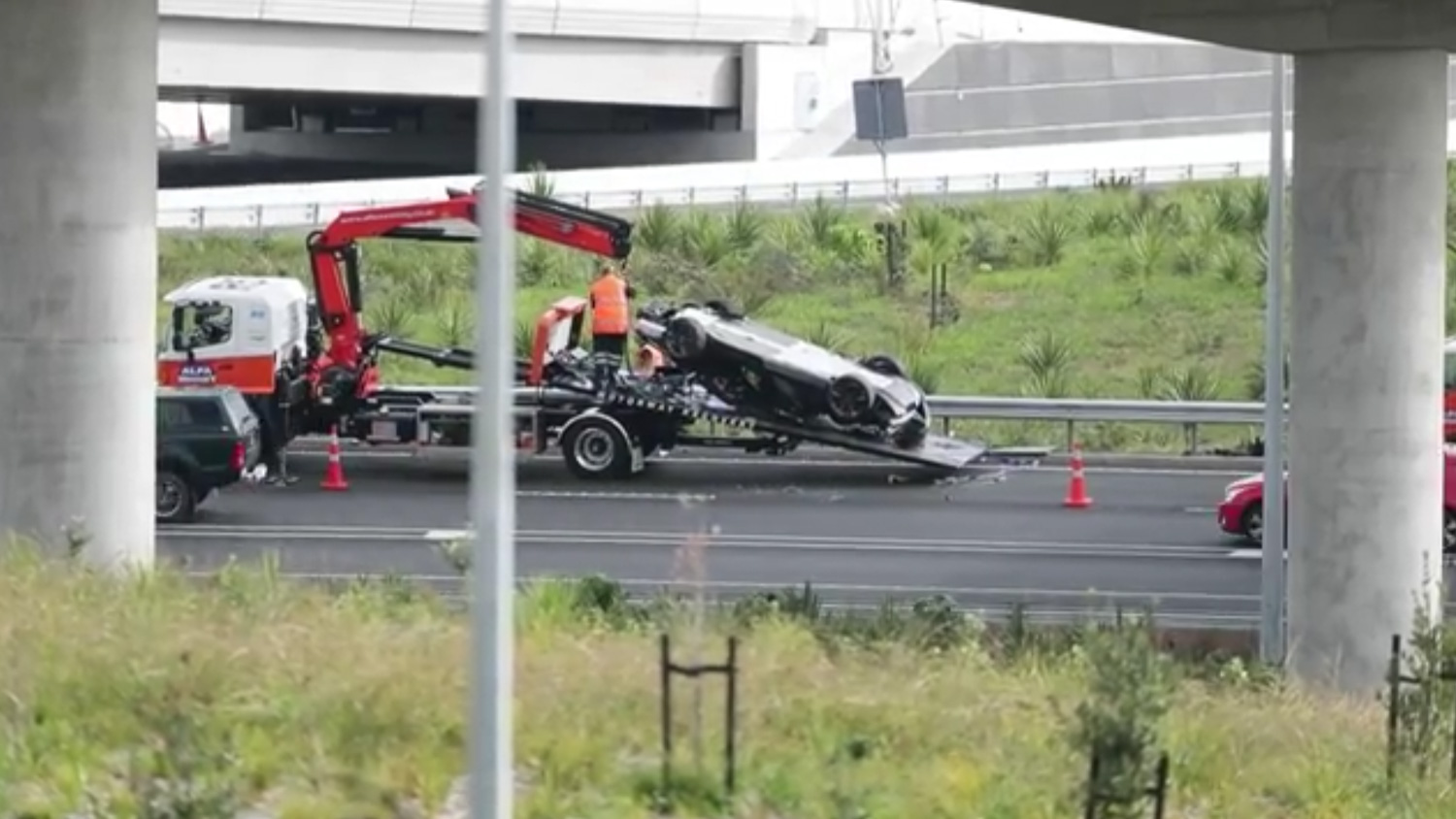
Source: NZ Herald
